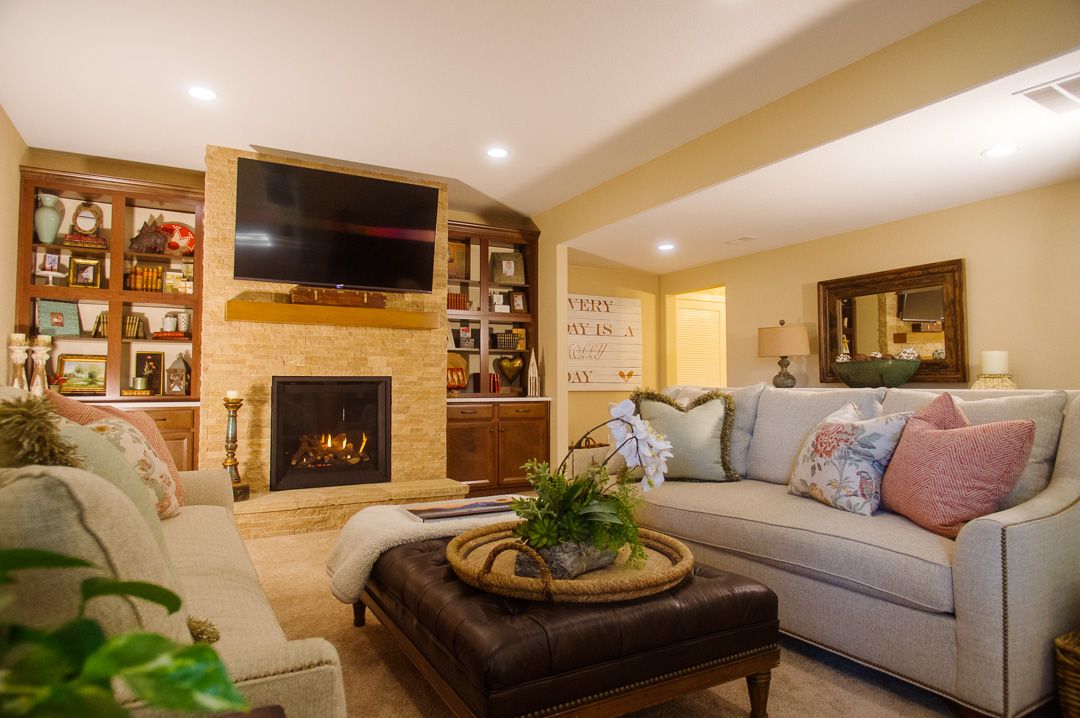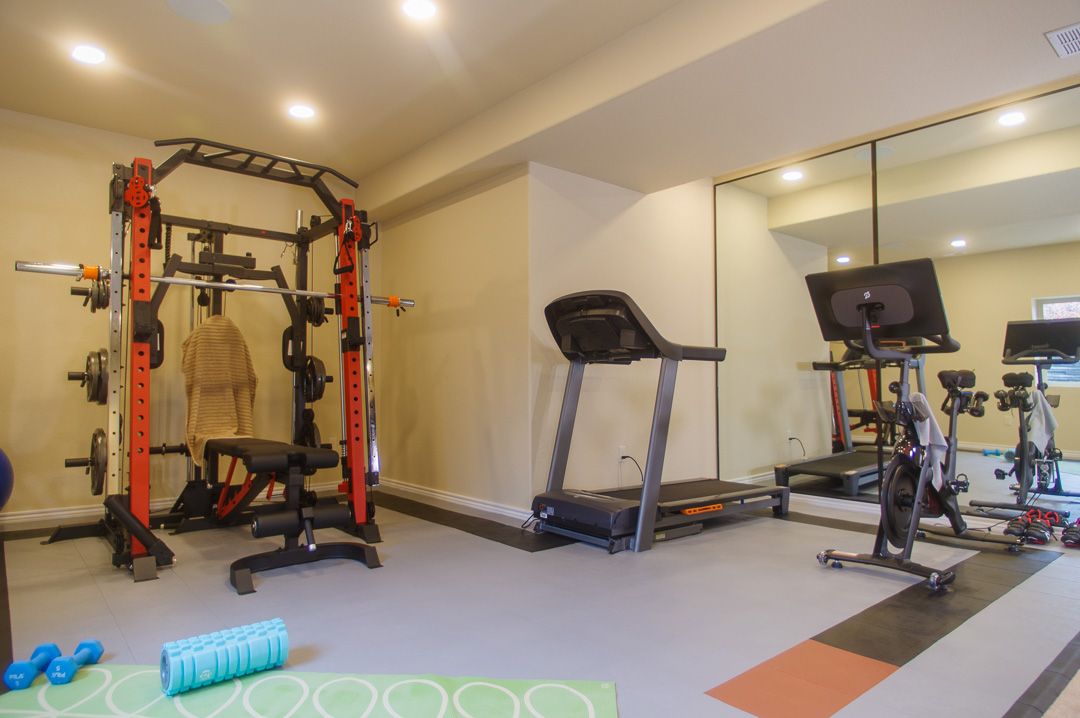
Building Your Perfect Home Gym: Essential Structural and Functional Design Ideas

Structural and functional design ideas to incorporate into your home gym.
Throughout the lockdowns, home gym popularity reached levels never before seen. While many products have been hard to find, almost nothing compares to the scarcity and price gouging seen with gym equipment. With time, this demand will surely pass, but while you wait let’s go over the fundamentals of home gym construction. In this article we’ll provide some ideas and best practices to consider when building your home gym from scratch.
Structural Integrity – Steel, Wood, and Concrete
Home gyms require quite a bit of planning and preparation before a single sweat is broken. The more certainty you have of the type of gym you want to build, the more effort and money you’ll save in the long run. First, and foremost, understand the type of athletes you and your family are. A gym designed around a runner, an Ironman tri-athlete, or an MMA fighter will be vastly different – and require different structural considerations.
Backing – When building a home gym from scratch, such as when finishing a basement, three season room, or adding a gym to a shop / garage, it’s important to add a tremendous amount of backing within your walls. This additional wood will strengthen your walls, but more importantly give you plenty of anchoring and mounting options for heavy equipment or mirrors. It’s important to have a plan of what type of equipment will be installed in the room, and where it will be located. From there, you’ll know where anchor points need to be located and, in turn, can add additional backing material.
Steel Beams – For those suspending equipment from the ceiling, such as heavy bags or pull-up bars, consider running a steel beam. While wood is certainly strong enough to support the weight, the longevity is compromised by continued banging, wiggling, and off-angled tension. This wear can loosen lag bolts and strip the wood of usable mounting surfaces. Further, many beams have rails or rollers that allow you to slide equipment to the side of the room when not in use.
Concrete Wall – When building a home gym in a finished basement, consider leaving a portion of a perimeter wall bare concrete. This will allow you to bounce weighted balls off of the wall without causing damage or a tremendous amount of noise. For a finishing touch, this wall can be painted or epoxied.
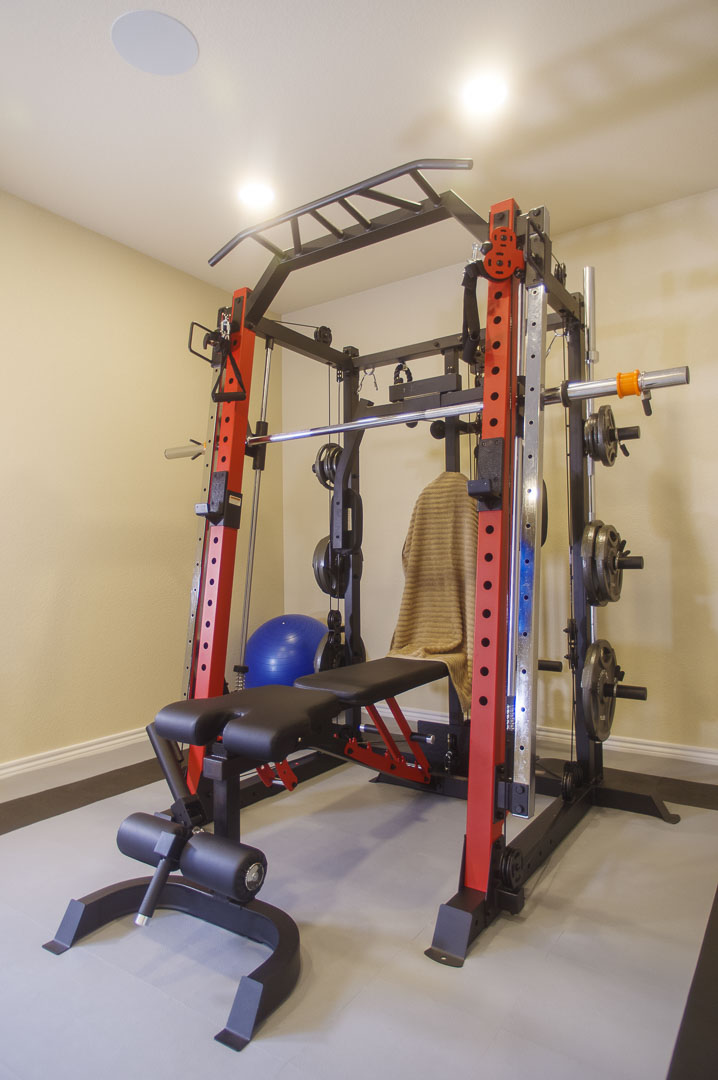
Plenty of Outlets
Home gyms require a lot more access to electricity than you’d think. Treadmills, Zwift, Peloton, rowers, stair climbers, etc., along with fans to move the air, TVs, stereos, and places to charge your phone – outlets within a home gym become a premium. Again, knowing the layout of your equipment will also allow you to run electricity beneath the flooring. Flush mounted outlets located in the middle of the room near machines will eliminate trip hazards and give a much more finished appearance.
Lighting
If you’re able, ample natural lighting within home gyms is a great way to go. Natural sunlight is a motivator and offers a more pleasant workout experience. In addition, you’ll still need lighting. Recessed fixtures are generally the best way to go – keeping glass and bulbs away from swinging limbs and equipment. Avoid lighting that dangles from the ceiling.
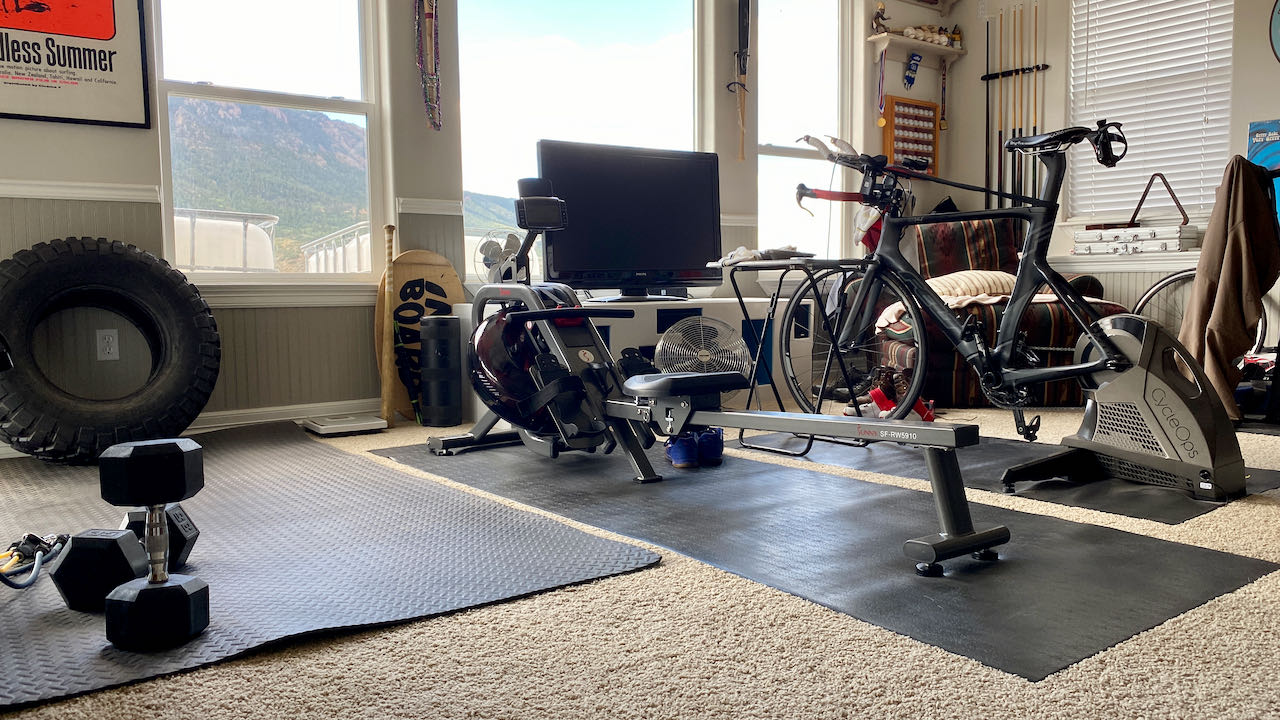
Flooring
Again, the type of training you plan on doing will dictate which is the best flooring, but for the most part, you want something firm and easy to clean. This can be as simple as epoxying a concrete floor, to installing thick rubber flooring, or using a hardwood supplement like Pergo. This flooring needs to be highly durable – able to take the beating from crashing weights, stand up to quick / sharp movements underfoot, not too slippery, and water resistant.
With that said, carpet is usually a poor choice. Yes, you can install large / dense rubber tiles on top of carpet. However, we’ve discovered that plush carpets do not fare well over time under these tiles. Possibly due to the off-gassing of the rubber, carpets can become slightly stained / discolored over time. Also, the additional cushion of the carpet and pad, even with rubber tiles on top, feels unnatural underfoot. Carpet also holds odors and is difficult to clean – if you’re building a dedicated home gym, lose the carpet.
Storage
Home gyms usually come down to efficiency of space. This includes keeping in mind spots where you’ll store smaller equipment and gear. Having a dedicated place to storing dumbbells and weights – easy to get to, but out of the way – is smart gym design. Utilize wall space by hanging ropes, cables, and flex bands. Cabinetry and countertop space are valuable for putting away many items and being able to set things down during a session. Remember, you’re not trying to re-create 24 Hour Fitness, rather include intelligent conveniences that will optimize your workouts.
Bathroom
Generally, a home gym bathroom pulls double duty as a guest bath as well. That’s fine, but we’ve learned that a bathroom near the gym is a massive convenience if you’re able. From changing, showering, and emergency mid-workout bathroom breaks, your gym bath will be used more than you anticipate. Access to water is also important for cleaning, dampening towels, or even refilling a water bottle.
When space allows, we’ve found that homeowners like to take this bathroom to the next level. Often times we’ll install a sauna or steam room, even a hot tub. Having these amenities directly alongside your home gym is something life-long athletes will come to cherish.
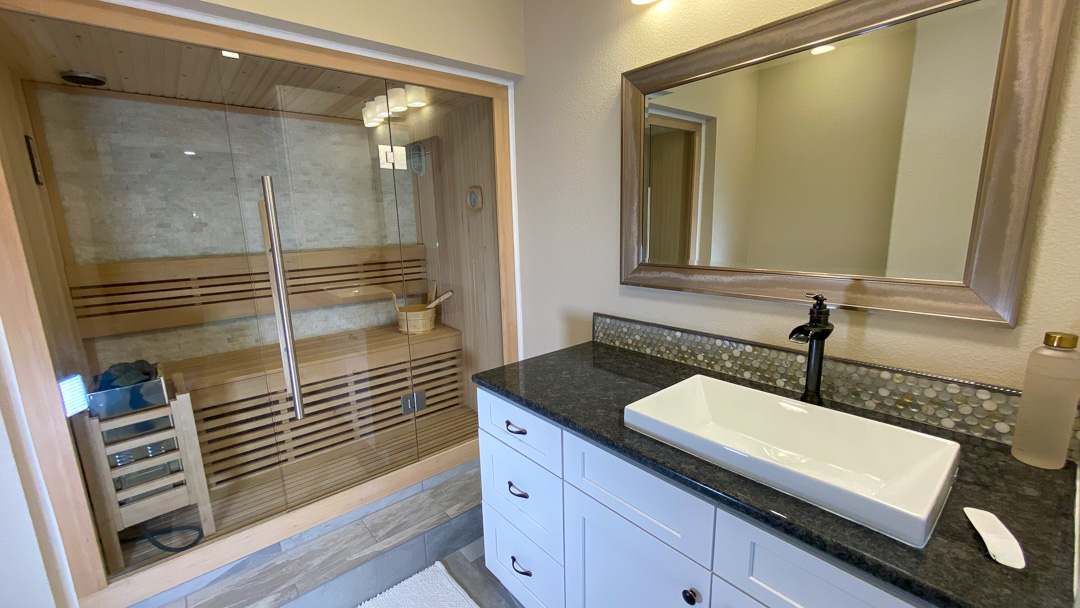
Conclusion
Home gyms are a highly personal amenity, particularly because people are interested in an endless number of sports and each has unique fitness goals. When building a gym, it’s important to realize that your style and taste may change over time. Beginning with a solid foundation – walls with plenty of backing, beams able to carry loads, enough electrical outlets to support the newest wall mounted talking mirror – you’ll have a space suitable for just about any activity you take up in the future.
For help with layout, design, and budgeting, give one of our Project Manager’s a call.

